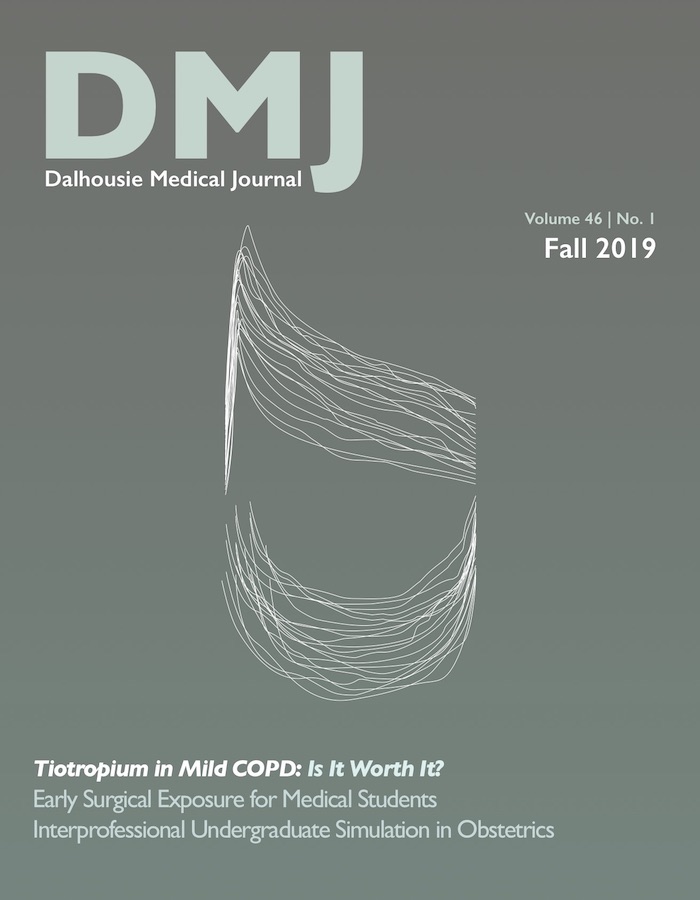Introduction and evaluation of an interprofessional undergraduate simulation program in obstetrics and gynaecology - getting started and lessons learned
DOI:
https://doi.org/10.15273/dmj.Vol46No1.9834Abstract
Objective: Interprofessional education (IPE) occurs when two or more professions learn about, from and with each other to improve the quality of care. In Canada, the increasing need for IPE has been acknowledged on a national level.The objective of this project was to assess the implementation and evaluation of an interprofessional simulation curriculum in Obstetrics and Gynaecology (Ob/ Gyn) clerkship. Methods: Three obstetrical emergency simulations were presented to small interprofessional groups of undergraduate students (103): medicine (80), nursing (14), respiratory therapy (1), and paramedicine (8) between September 9, 2016 to August 8, 2017. A paper-based evaluation form was completed by all students.The purpose was to use this evaluation form to conduct a quality assurance review following the completion of the first year of this new interprofessional simulation program. Results: Ninety-nine percent of students indicated the session would benefit their clinical performance; 97.1% found the debriefing exercise helpful; 93% indicated the session was appropriate to their level of training; 98.1% felt it provided valuable team skills training; 92.2% indicated it helped them understand the roles of other health professionals; 96.1% indicated it helped improve collaborative leadership; and 87.1% noted a better understanding of the unique skillset of other health professionals.All students felt they were in a safe learning environment. Conclusion:To our knowledge, this is the first simulation program in Ob/Gyn clerkship in Canada designed to promote IPE amongst the four learner groups described above. Interprofessional simulation in Ob/Gyn Clerkship is valuable and well received by students from all health professional programs involved. It improves communication, role clarification, and collaboration.
Downloads
Published
How to Cite
Issue
Section
License
Authors who publish with this journal agree to the following terms:
- Authors retain copyright and grant the journal right of first publication with the work simultaneously licensed under a Creative Commons Attribution License that allows others to share the work with an acknowledgement of the work's authorship and initial publication in this journal.
- Authors are able to enter into separate, additional contractual arrangements for the non-exclusive distribution of the journal's published version of the work (e.g., post it to an institutional repository or publish it in a book), with an acknowledgement of its initial publication in this journal.
- Authors are permitted and encouraged to post their work online (e.g., in institutional repositories or on their website) prior to and during the submission process, as it can lead to productive exchanges, as well as earlier and greater citation of published work (See The Effect of Open Access).


